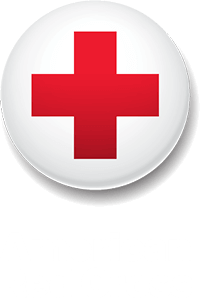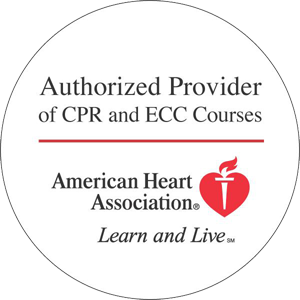
The holidays are full of sugary-treats and last-minute stress, so it’s no wonder that December and January are the most dangerous times of the year for heart attacks.
The American Heart Association reports that deaths from heart attacks peak during December and January, possibly due to changes in diet and alcohol consumption, stress from family interactions, strained finances, travel and entertaining, and respiratory problems from burning wood.
“We tend to exercise less and eat more during the holidays,” said John Osborne, M.D., Ph.D., a Dallas-area preventive cardiologist. “It’s a very stressful time. There’s a lot of emotion attached to the holidays and that can be another factor to why we have more cardiovascular events.”
As the holidays upend routines, taking medications as prescribed can also get lost in the shuffle, Osborne said.
“I can’t tell you how often I get calls from patients who have traveled somewhere and forgot their medications,” he said, adding that he worries more about the patients who don’t contact him. “Some people figure they’ll be fine to be off them for a week or so, but if you start missing medications, that can have a big impact on causing your blood pressure to be out of control.”
For those who have already had a heart attack, the heightened risk during the holidays is particularly dangerous. That’s because about one in five heart attack survivors age 45 and older will have another heart attack within five years.
Being with family during the holidays is a good time for patients to talk about their health history — not just heart attacks, but also high blood pressure and high cholesterol, experts say.
“We can dramatically lower the risk of cardiovascular events with lifestyle changes, but don’t ignore your family history,” Osborne said. “Genetics can catch up to you, even if you’re doing all the right stuff.”
Heart disease can be prevented in many cases through lifestyle factors, such as maintaining a healthy weight, exercising regularly, controlling cholesterol and blood pressure and not smoking, but “making lifestyle changes can be difficult,” Osborne said.
“I admit to my patients that I don’t love to exercise, but I really feel great having exercised,” he said. “Getting that motivation can be painful, but it’s fantastic when you get to the other side.”
Osborne said tools such as mobile apps can provide education and electronic reminders to help people stay focused on heart health.
“I have a very brief period with patients,” he said. “Tools like apps can encourage good health behaviors, being that gentle in-your-face technology.”
Now’s the time to schedule your CPR training for 2018. Remember to stay safe through the holidays.
HeartCert CPR is your trusted training partner for First Aid and CPR in Minnesota. Find your CPR Class, PALS Class, BLS Class or ACLS Class at any of our Minnesota locations:
- HeartCert CPR Minneapolis
- HeartCert CPR St. Paul
- HeartCert CPR Burnsville
- HeartCert CPR Eden Prairie
- HeartCert CPR Richfield
- HeartCert CPR Woodbury
- HeartCert CPR Eagan
- HeartCert CPR Brooklyn Park
- HeartCert CPR Blaine
- HeartCert CPR St. Cloud
- HeartCert CPR Rochester
We also partner with Duluth, Mankato, Rochester, Appleton and Anchorage for select classes.



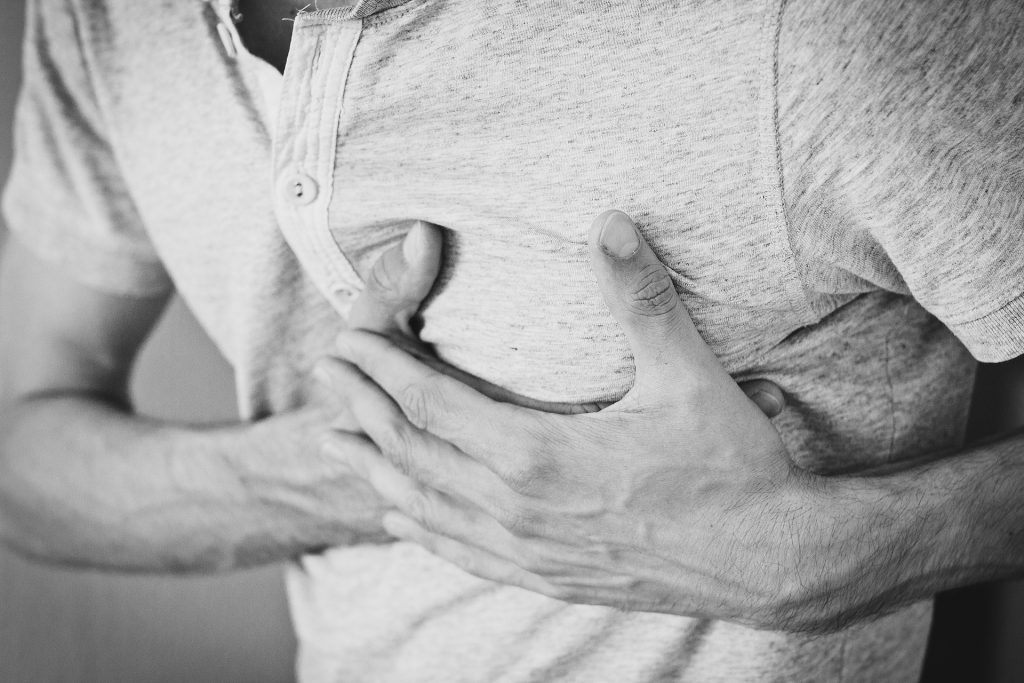 Would you know what to do if a loved one collapsed suddenly in front of you? Cardiovascular diseases are the most common cause of death in the world. CPR can be the difference between life and death. You can’t assume that someone else will step in – that’s why it’s so important to learn CPR. Getting certified is easier than you think.
Would you know what to do if a loved one collapsed suddenly in front of you? Cardiovascular diseases are the most common cause of death in the world. CPR can be the difference between life and death. You can’t assume that someone else will step in – that’s why it’s so important to learn CPR. Getting certified is easier than you think. 
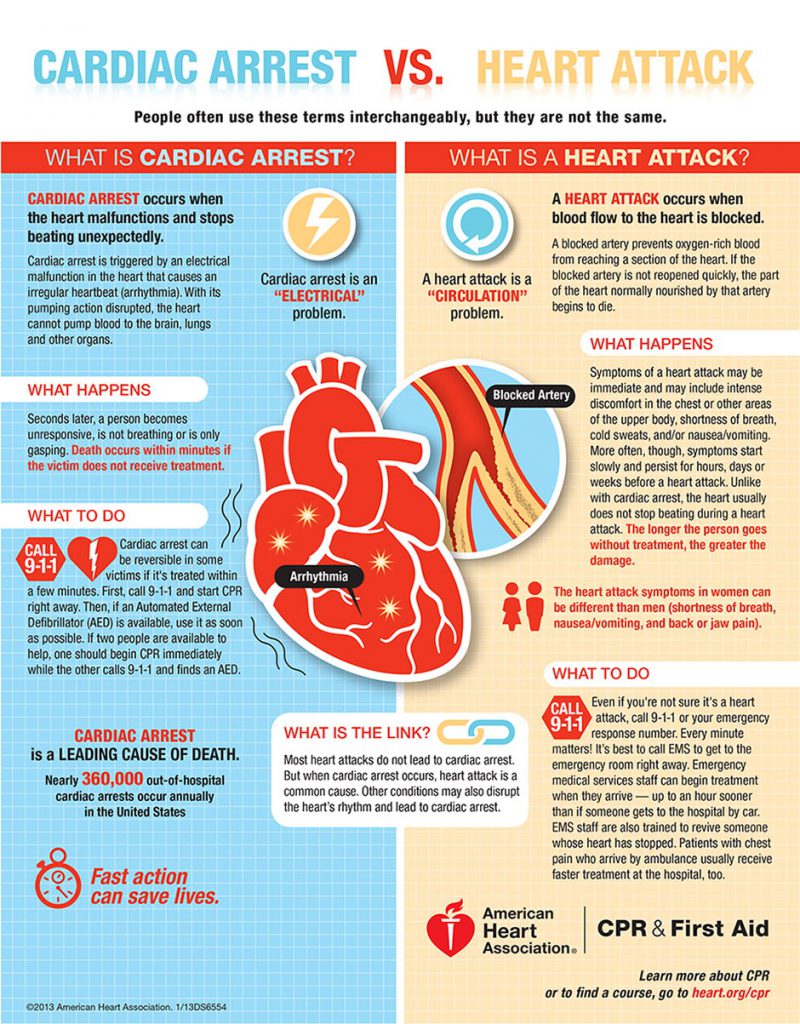

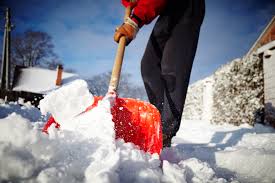 Winter has officially arrived in Minnesota, with snow storms the past two weekends forcing residents state-wide to pull out our shovels and fire up our snow blowers. Clearing our driveways and sidewalks is an added duty that we all have to tackle each winter and although it may be tiring and inconvenient, it can also be dangerous. A study conducted by US Nationwide Children’s Hospital found that every winter, almost 100 people in the United States die from cardiac-related injuries associated with snow shoveling.
Winter has officially arrived in Minnesota, with snow storms the past two weekends forcing residents state-wide to pull out our shovels and fire up our snow blowers. Clearing our driveways and sidewalks is an added duty that we all have to tackle each winter and although it may be tiring and inconvenient, it can also be dangerous. A study conducted by US Nationwide Children’s Hospital found that every winter, almost 100 people in the United States die from cardiac-related injuries associated with snow shoveling. 
